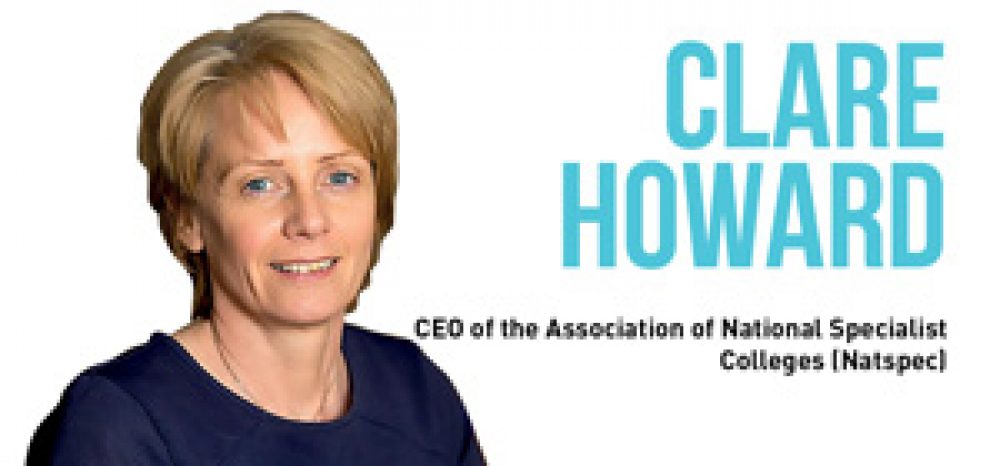Clare Howard explains the best way to get those with learning disabilities into work.
The Government’s manifesto pledge to create 3m apprentices has pushed them to the top of the national skills agenda.
This focus has encouraged the expansion of apprenticeship programmes, but this still doesn’t mean access for all.
If you are a young person with learning difficulties or disabilities, then you face significant barriers. Your chances of accessing apprenticeships and other work-based training are much reduced.
The new taskforce on apprenticeships for people with learning difficulties to examine the issue is welcomed, as it will highlight the challenges faced by both training providers and employers. Hopefully it will start to tackle those barriers.
There is a lot of work to do. Currently the employment rate for working-age people with a disability is only 40 per cent.
The situation is even bleaker for those with a learning disability, with only seven per cent achieving employment. Only eight per cent of the 870,000 apprentices in 2014-15 declared a learning or physical disability.
The Association of Colleges recently noted that colleges and employers need to work together – which applies both to specialist and mainstream colleges who work with students with high needs.
There is some progress being made. Some colleges are supporting individuals into work. A survey of 356 employers linked to specialist colleges in 2015 found that 95 per cent of employers rated their college relationship as outstanding or good.
National Star College’s supported internship programme, Steps In Work, was highlighted as outstanding practice in the recent Ofsted report into provision for high needs students.
Larger employers are also making a difference. More than 6,000 people completed the Marks & Start programme with Marks & Spencer.
This project shows how small adjustments and understanding of principles such as flexibility of approach and a focus on ability rather than disability can make a real difference to equality in the workplace.
The economic benefits are significant. A Social Market Foundation report in 2007 reported that improving the employment rate of people with disabilities would boost the UK economy by £13 billion.
Apprenticeships still face a big gap in terms of initiatives to help more young people with learning difficulties or disabilities into work.
If the new taskforce is to succeed, it needs to address the barriers in the current model. The most significant barrier is the lack of apprenticeship standards for learners working at or below level one, and the requirement for English and maths qualifications that may not be accessible to all learners.
A young person with learning difficulties or disabilities faces significant barriers
Young adults at level one or below are employable and have an important contribution to make. What they may need is support on an ongoing basis.
New standards need to be created to provide apprenticeships that can either be adapted or created for jobs at all levels. Apprenticeships also need to be more flexible, by reducing the number of hours or increasing the support given to learners both by the provider and the employer.
The jump from full-time education to an apprenticeship is daunting, and although many who have learning difficulties might have the skills to do the job, they may need more support in terms of life skills, whether that means communication, travelling to work, mentoring, or other forms of everyday support.
Some specialist colleges and GFE colleges prefer the supported internship route due to the lack of flexibility and support that can be given to apprentices.
Employers also need support — a 2013 survey found that 42 per cent of people with disabilities said that the attitude of employers was the biggest barrier to work.
There is still much work to do to educate employers about the value of people with learning difficulties. If we are going to truly knock down those barriers – and not just chip at the edges – we need to build on those productive employer-college partnerships.
And that can only be done with a much more flexible national framework.








Your thoughts